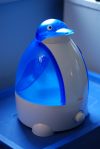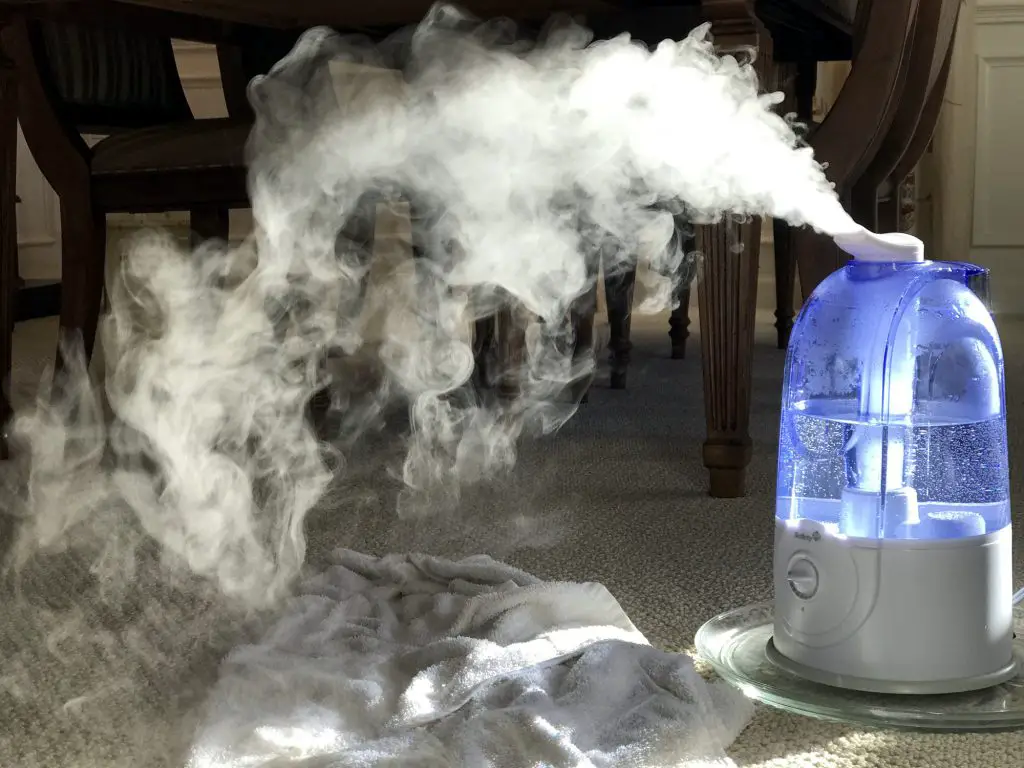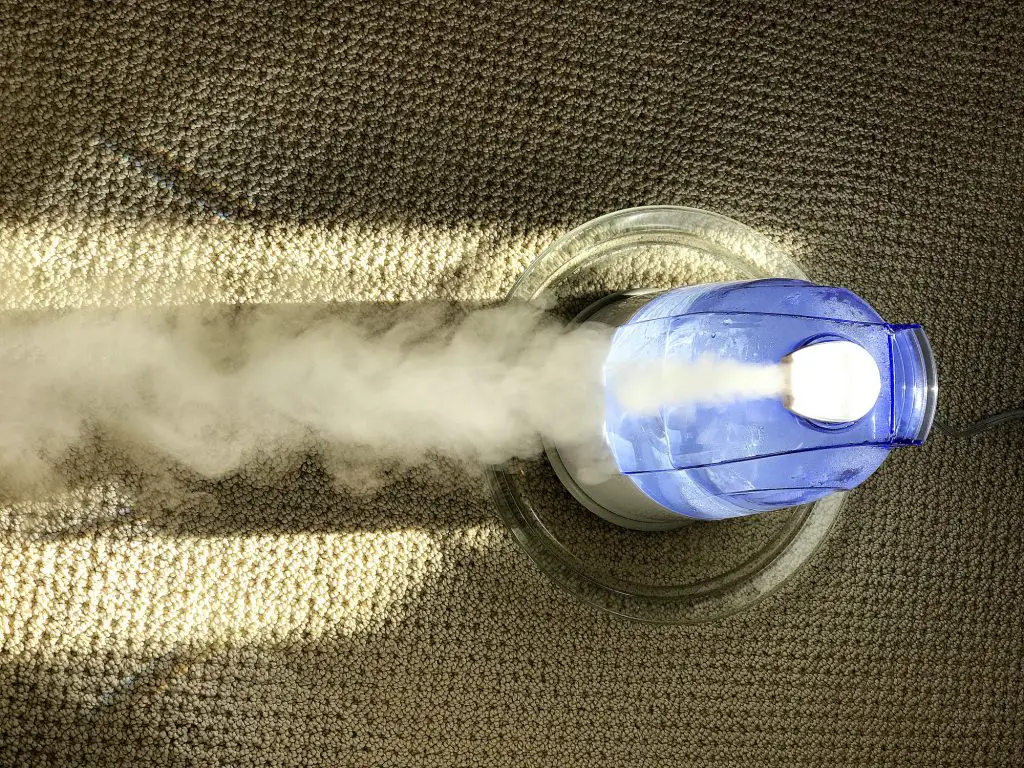Getting a good night sleep is one of the most important things you can do the keep yourself healthy.
Uninterrupted sleep can be a challenge when your air quality is less than ideal especially if you already have an underlying problem with sleep apnea or snoring.
Most people go to great lengths to ensure that their bedroom is dark and quiet, but rarely consider the air quality or how it can have an effect on their sleep.
Did you know that there are hidden allergies like dust mites and dander are probably finding your bed and your bedding just as comfortable as you are.
Disgusting to say the least. But however gross, still true.
Not only is it disgusting to think about, you can have a effect on the quality of your sleep.
You can exert an enormous amount of energy coughing, sneezing, and clearing your throat throughout the night and never be conscious that you’re doing so.
People also tend to breathe much deeper when they sleep adding to the aggravation of a room full of airborne allergens.
Keeping an air purifier in your bedroom is probably one of the first places in the house you think about when deciding to get an air purifier.
But once you get it, how do you know where to use it or put it?
Where to place a air purifier in the bedroom?
The opposite side of the room from where you’re sleeping is best.
Why?
You might think placing an air purifier on the bed stand next to you would be the best place because in theory that’s the place that the air would be the cleanest.
But most air purifiers work the same way a fan works, only in reverse.
In other words it pulls air through itself instead of blowing air.
Keeping the air purifier right next to your head, will be pulling the air from the entire room toward your head.
That means that all the pollutants in the air will be driven straight toward your airways.
So unlike a humidifier but you may want closer to you because of the cool mist coming from it and the white noise it produces,
You want the air purifier to pull air away from you, not to you.
If you have an enormous bedroom,
Then placing the air purifier on the opposite side of the room may not be effective enough to help with your sleep.
If that is the case then move it closer, but remember to place it to where the air is being pulled away from your face.
Other things to consider when placing your air purifier in the bedroom.
 Place air purifier high or low?
Place air purifier high or low?
Around four feet off the ground is the best place to put an air purifier.
That’s the average distance of the air from the ground that your are breathing. Regardless of whether you are sitting standing or laying.
in other words the ideal is to clean the air that you are breathing. Or the ambient air.
Air purifiers will clean the air around themselves the easiest.
So the air purifier is on the floor, it will clean the air nearest to the floor best.
If the air purifier is high up on a shelf, then the air near the ceiling will be the cleanest.
Another thing to think about when placing your air purifier is airflow.
Just like a standing fan, an air purifier needs the ability to have air flowing easily through it.
Placing an air purifier out from the wall is better than up against it because the air can enter and exit easier then if it is obstructed buy a wall or drapes or what have you.
Humidifier next to air purifier?
Another appliance typical for controlling air quality in the bedroom is a humidifier.
When the air is extra dry, getting a good night’s rest can be a beast. Dry nose and sinuses, chapped lips, dry cough can keep you up half the night and make waking up just as miserable.
Running a humidifier next to your bed can be a lifesaver during these times of the year.
But should you place the humidifier next to the air purifier?
No. The mist from the humidifier can put a layer on the air purifier filters keeping them from doing their job properly.
And if the air purifier has a carbon filter, humidity is the worst thing to keep it from working efficiently.
Another issue with running an air purifier and humidifier together is excess humidity can actually be a carrier of pollutants like dust mites.
The humidity you could actually pick up the pollutants being pulled into the air purifier and carry them back into the air.
So if you are running an air purifier and humidifier in the same room, keep them far enough apart did they do not interact.
 Summary
Summary
The bedroom is one of the best places to keep an air purifier because that is where you live half of your life. Sleeping.
Not only is the amount of time you spend in the bedroom a aspect,
Pollutants like dust mites are very comfortable living in your bed with your pillows, comforters, and sheets.
Add that to the fact that when you sleep you actually breathe much deeper,
you start to get an idea of how important the air quality in your bedroom can be.
But after you decided that an air purifier in the bedroom is a good idea,
Where do you place it once you get it?
Put the air purifier close enough to you that it is cleaning the air around you, but not so close to you that it is pulling the air toward you.
And air purifier cleans the air around it the easiest but it is the air around the air purifier that is the dirtiest because the air purifier is pulling the air towards itself.
Putting an air purifier on your bed stand could mean that you were pulling all the contaminants in the room to toward your face.
Not exactly the ideal atmosphere for sleeping.
Many people keep humidifiers in the bedroom also.
If you have a humidifier and an air purifier in the same room, remember to keep them far enough apart that the moisture from the humidifier there’s no add a layer of moisture on the air purifier filters.
Humidity can also be a host for air pollutants also, so keeping the humidifier next to the air purifier could actually feed the humidity with pollutants.
Not exactly the effect you were going for in either.



 The exact same with air purifiers.
The exact same with air purifiers. Will a small air purifier work in a large room?
Will a small air purifier work in a large room? How many air purifiers do you need in your house?
How many air purifiers do you need in your house?
 Should a humidifier run all night?
Should a humidifier run all night? Summary
Summary




 Summary
Summary
 Should you put your air purifier on the floor?
Should you put your air purifier on the floor? Should I keep on air purifier on the nightstand next to the bed?
Should I keep on air purifier on the nightstand next to the bed? Summary
Summary
 Is it safe to run an air purifier all the time?
Is it safe to run an air purifier all the time? Should I leave my air purifier on when I’m not home?
Should I leave my air purifier on when I’m not home? Summary.
Summary.
 Do I need an air purifier if I have AC?
Do I need an air purifier if I have AC? Air conditioner with air purifier?
Air conditioner with air purifier? Summary.
Summary.
 Air purifier sore throat?
Air purifier sore throat? So..
So.. Summary
Summary
 Loud air purifier for sleeping.
Loud air purifier for sleeping. Summary
Summary